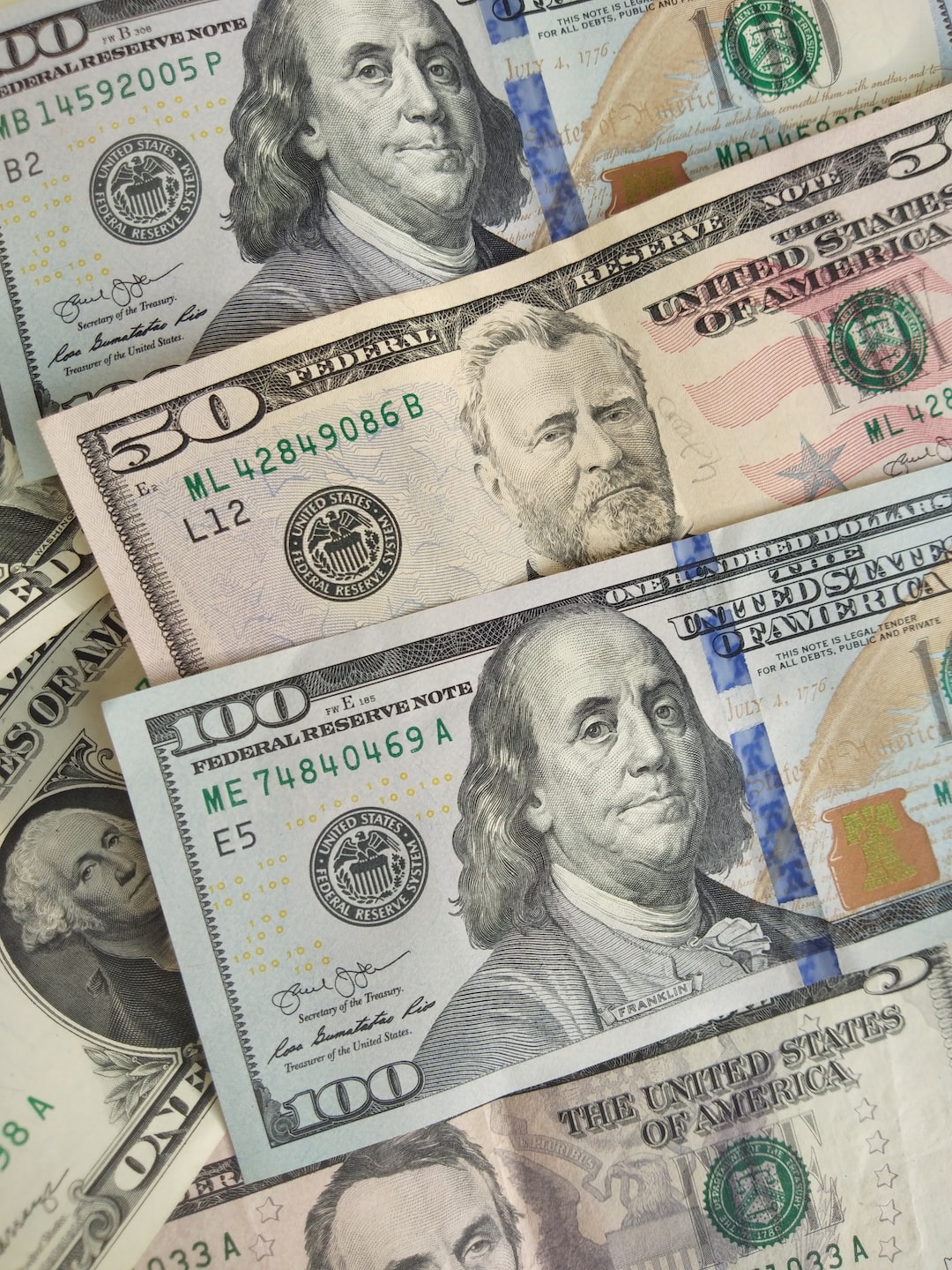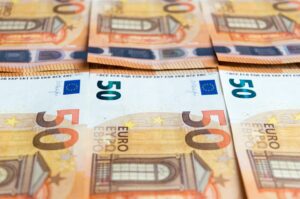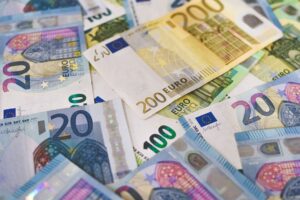The Top Indicators to Use in Your Forex Four Hour Trading Strategy
In the fast-paced world of forex trading, having a strategy that allows you to make quick and accurate decisions is crucial. One popular strategy among forex traders is the four hour trading strategy. This strategy involves analyzing the market on a four hour chart and making trading decisions based on the information provided. To further enhance the effectiveness of this strategy, traders often incorporate various indicators. In this article, we will discuss the top indicators to use in your forex four hour trading strategy.
1. Moving Averages:
Moving averages are a widely used indicator in forex trading. They help identify trends and potential reversals in the market. In the four hour trading strategy, the 50-period and 200-period moving averages are commonly used. When the 50-period moving average crosses above the 200-period moving average, it is considered a bullish signal. Conversely, when the 50-period moving average crosses below the 200-period moving average, it is seen as a bearish signal. Traders can use these crossovers to enter or exit trades.
2. Relative Strength Index (RSI):
The RSI is a momentum oscillator that measures the speed and change of price movements. It is particularly useful in identifying overbought and oversold conditions in the market. In the four hour trading strategy, traders can use the RSI to determine when a currency pair is overbought or oversold and potentially due for a reversal. A reading above 70 indicates overbought conditions, while a reading below 30 suggests oversold conditions. Traders can consider selling when the RSI is above 70 and buying when it is below 30.
3. Bollinger Bands:
Bollinger Bands consist of a middle band, which is a simple moving average, and an upper and lower band that are placed two standard deviations away from the middle band. Bollinger Bands help traders identify volatility and potential reversal points in the market. In the four hour trading strategy, traders can use Bollinger Bands to determine when a currency pair is overbought or oversold. When the price touches the upper band, it is considered overbought, and when it touches the lower band, it is considered oversold. Traders can use these levels to enter or exit trades.
4. Fibonacci Retracement:
Fibonacci retracement is a technical analysis tool that identifies potential support and resistance levels based on the Fibonacci sequence. Traders can use Fibonacci retracement levels to determine where to enter or exit trades in the four hour trading strategy. The most commonly used levels are 38.2%, 50%, and 61.8%. When a currency pair retraces to one of these levels and shows signs of a reversal, traders can consider entering or exiting a trade.
5. MACD:
The Moving Average Convergence Divergence (MACD) is a trend-following momentum indicator. It consists of two lines – the MACD line and the signal line – as well as a histogram. Traders can use the MACD to identify potential trend reversals and trade signals. In the four hour trading strategy, traders can look for bullish or bearish crossovers between the MACD line and the signal line to enter or exit trades. Additionally, the histogram can provide confirmation of the trend.
In conclusion, the four hour trading strategy is a popular approach among forex traders. By incorporating these top indicators, traders can enhance their decision-making process and increase the probability of successful trades. However, it is important to remember that no indicator is foolproof, and traders should use them in conjunction with other analysis tools and risk management techniques.





